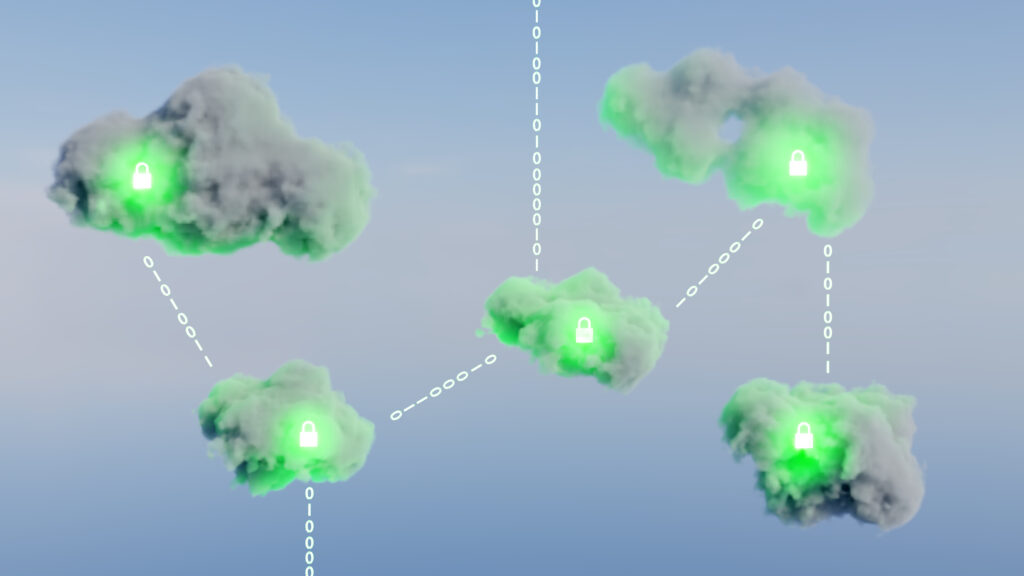Google Cloud Platform (GCP) is a leading cloud service provider that offers scalable computing, storage, and application services, enabling businesses to run their operations in the cloud with flexibility and efficiency.
GCP provides powerful tools that help organizations manage and secure their cloud environments effectively, ensuring that their infrastructure remains resilient against potential threats.
In this article, we’ll explore best practices for managing firewall rules in GCP, focusing on optimizing firewall logs, rule configurations, and maintaining compliance.
What is the Firewall Rule in GCP?
In GCP, a firewall rule is a configuration that controls the flow of incoming and outgoing traffic to and from your virtual machine (VM) instances.
These rules specify allowed or denied traffic based on parameters such as IP ranges, TCP protocols, and ports within your VPC network. When you create GCP firewall rules through the cloud console, you can manage access to specific subnets, ensuring that only authorized traffic is permitted and that users with read permissions can monitor traffic effectively.
For more detailed information on GCP firewall rules and how to manage them effectively, check out Tufin’s GCP Firewall Page.
Best Practices for Firewall Logs
- Enable Comprehensive Logging: Ensure that your GCP firewall logs are set to capture all relevant traffic data. This includes logging both allowed and denied traffic to provide a complete picture of network activity.
- Centralize Log Management: Use centralized log management tools to collect and analyze logs across multiple GCP projects. This approach simplifies monitoring and ensures that potential security incidents are identified promptly.
- Review Logs Regularly: Schedule regular reviews of your firewall logs to detect any anomalies or suspicious activities, especially those involving service accounts and API interactions. Regular audits, especially of those created within your IAM policies, can help you identify potential security threats early and take corrective action promptly.
- Integrate with SIEM: Integrating firewall logs with a Security Information and Event Management (SIEM) system can enhance your ability to detect and respond to security incidents in real-time.
For more tips on optimizing firewall logs, visit Tufin’s Firewall Optimization Page.
Configuring Firewall Rules in GCP: Best Practices
- Apply the Principle of Least Privilege: Only allow access to specific IP addresses, ports, and protocols necessary for your applications. This minimizes the attack surface and reduces the risk of unauthorized access.
- Use Network Tags for Granularity: Leverage network tags in GCP to apply firewall rules to specific Compute Engine instances or groups of instances, allowing for more granular control over traffic, authentication, and permissions. Integrating with cloud logging ensures detailed monitoring, while considering factors like routing and load balancer settings helps maintain open communication paths where necessary, enhancing security and efficiency across your infrastructure.
- Implement Stateful Rules: GCP firewall rules are stateful, meaning they automatically allow return traffic for established connections. Utilize this feature to simplify your rule configurations while maintaining security.
- Regularly Audit and Update Rules: Regularly review and update your firewall rules to ensure they align with your current security needs and effectively manage network traffic. Leverage automation to remove outdated or unnecessary rules, thereby enhancing cloud security and protecting your cloud resources from potential vulnerabilities.
For further guidance on firewall management, explore Tufin’s Firewall Management Solutions.
FAQ: GCP Best Practices
What are the 4 best practices for firewall rules configuration allowing access?
- Apply the principle of least privilege.
- Use network tags for granular rule application.
- Implement stateful rules to manage return traffic.
- Regularly audit and update rules to align with current security needs.
What are VPC firewall rules?
VPC firewall rules in GCP control ingress and egress traffic to your Virtual Private Cloud (VPC) network. These rules can be created and applied to specific instances or groups of instances, enabling you to manage access and enforce firewall policies across your cloud environment, including multi-cloud setups with Azure, AWS, and VMware.
For more insights on firewall auditing and best practices, visit Tufin’s Firewall Auditing Solutions.
Ready to Learn More
Get a Demo





